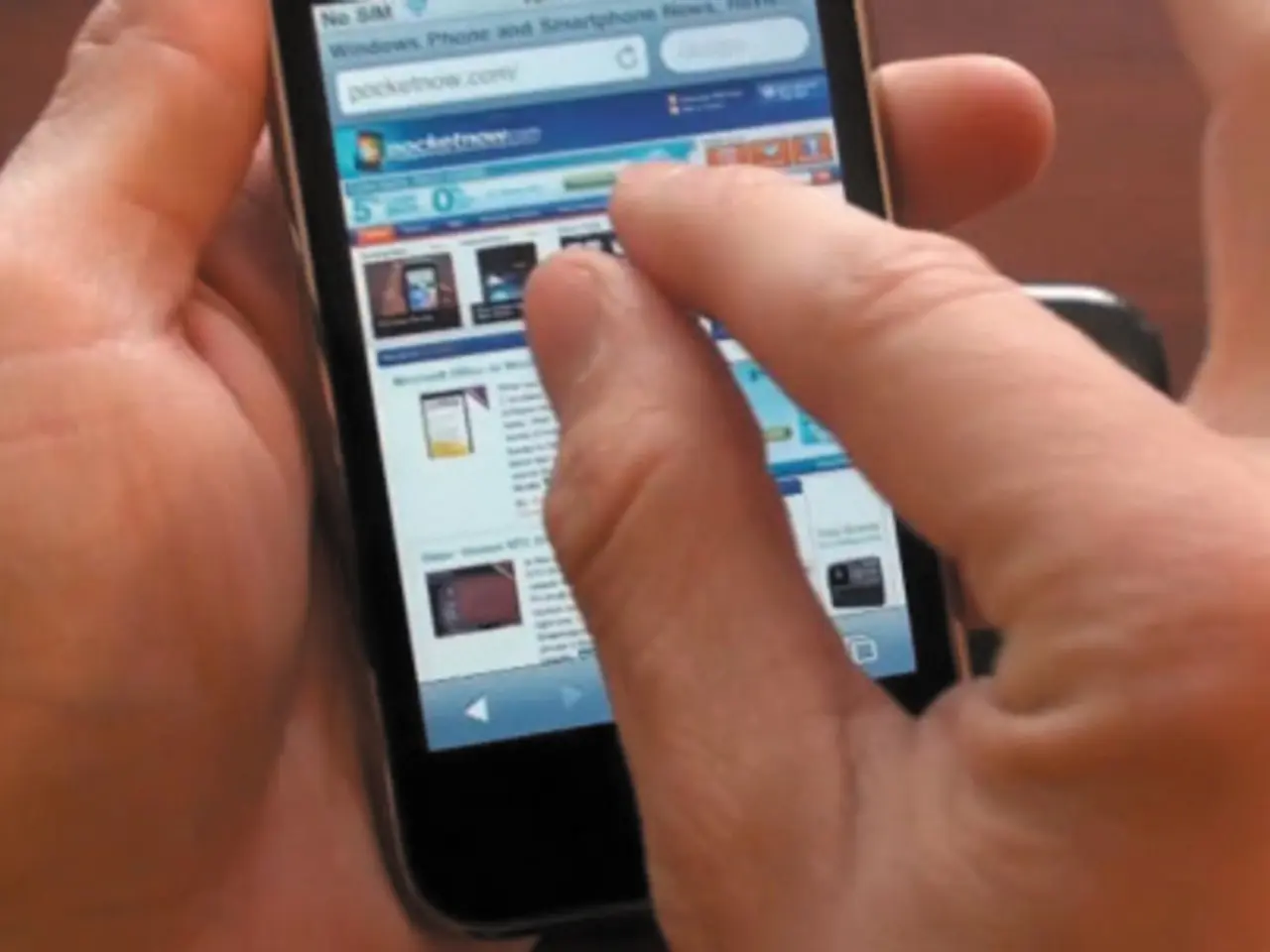Telstra Introduces Direct-to-Cell Starlink Connection in Australia
Telstra Launches Satellite Messaging Service for Remote Areas
In a groundbreaking move, Telstra has introduced Telstra Satellite Messaging (TSM), a service that allows customers to send and receive text messages via Starlink satellites in areas without mobile coverage [1]. Currently, the service is available exclusively to Telstra customers on eligible mobile plans using Samsung Galaxy S25 series devices, with plans to expand device compatibility in the future [3][4].
The TSM service is designed to help bridge the communication gap in remote regions where traditional mobile networks may not reach. As of mid-2025, the service supports satellite-to-mobile text messaging only, and cannot be used to contact emergency services directly [1][3][4]. However, future updates will bring voice call support, likely by 2027 [2].
The technology behind TSM is SpaceX's Starlink Direct-to-Cell technology, which allows supported smartphones to connect directly to low-Earth orbit (LEO) satellites [5]. This means that users can stay connected even in the most remote areas, including the outback and coastal zones without terrestrial coverage, as the service functions like a "cell tower in space."
Starlink's broader satellite connectivity roadmap includes "Direct to Cell" technology that will allow voice calls over satellite networks [2]. This technology will enable compatible LTE smartphones to connect directly to Starlink satellites for texting, data/IoT, and eventually voice calls without the need for a Starlink dish or special hardware. This service will be enabled through partnerships with mobile network operators like Telstra and Optus in Australia and will work using existing phone numbers and SIM cards.
With over 55,000 messages sent during trials, the service has been confirmed to support basic features like GPS coordinates and emojis [6]. However, the exact timing, pricing, and mobile plans that support voice calls over satellite are still being developed and rolled out by carriers.
The TSM service has been tested across remote areas in Northern Territory, Western Australia, Queensland, and New South Wales, and it has proven to be a lifeline in regions that previously had no mobile signal at all. To use the service, users must be outdoors with a clear view of the sky, as the technology relies on line-of-sight access to passing satellites [7].
Telstra's move follows similar launches from international providers like One NZ and U.S.-based carriers, demonstrating a growing trend towards satellite-based communication solutions for remote areas [8]. Despite a deal with Rogers in early 2023, there has been no sign of an impending launch of the service in Canada [9].
Message delivery times may vary depending on satellite positioning, with messages potentially being delivered instantly or taking several minutes in areas with limited satellite coverage [1]. As Telstra continues to expand its satellite-based services, it is expected that more remote areas will gain access to reliable communication solutions.
References:
- Telstra launches satellite messaging
- Starlink's "Direct to Cell" technology
- Telstra Satellite Messaging service FAQs
- Telstra Satellite Messaging device compatibility
- SpaceX's Starlink Direct-to-Cell technology
- Over 55,000 messages sent during trials
- Telstra Satellite Messaging service requirements
- International providers launch satellite-based communication solutions
- No sign of an impending launch of the service in Canada
Science and technology have come together in the realm of space-and-astronomy with Telstra's innovative use of SpaceX's Starlink Direct-to-Cell technology to launch the Telstra Satellite Messaging (TSM) service. This technology enables uninterrupted communication in remote regions, bridging the gap where traditional mobile networks may not reach.




